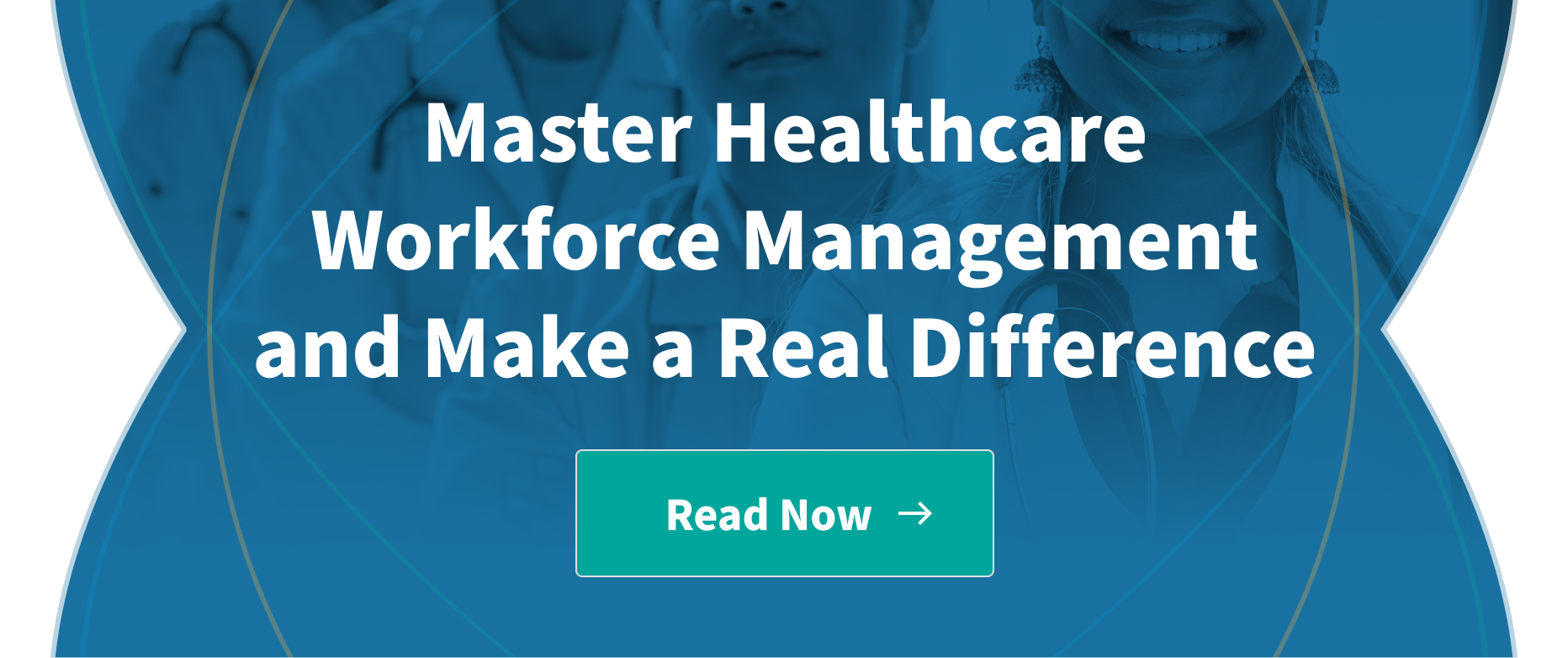What should you do if you want to acquire the best talent for your healthcare organization? It’s a question that is worth pondering if you want to be known for having the top physicians and support staff working with you. Below we’ll explore healthcare talent acquisition and the top strategies you need to implement if you hope to secure top-tier physicians, nurses, therapists, technicians, and other essential healthcare professionals.
Why is Effective Healthcare Talent Acquisition So Important?
Unfortunately, profits matter in healthcare. Even though what we’re selling is wellness, it’s important to be competitive to keep the lights on and our stakeholders happy. When a person needs medical care, they want the best of the best. That’s where healthcare talent acquisition strategies come into play. You want to attract the top talent because of the trickle down effect it has. From happier patients to improving office morale, the people on your staff play a significant role in all the moving parts of your organization.
There are some additional reasons why talent acquisition should be a top priority for healthcare organizations as well.
- Shortage of healthcare professionals - Ongoing shortages for nurses, physicians, technicians make talent acquisition challenging.
- Impact on reputation - Quality of talent directly influences patient outcomes and satisfaction, and organizational reputation as a result.
- Cost of turnover - Effective talent acquisition reduces turnover rates.
- Demand continues to grow - Aging populations and access to care means demand growing faster than supply.
- Experience and specialization - Certain skills, and experience levels are scarce and you need targeted strategies to attract top talent.
- Culture fit - Bringing in those aligned to organizational values and culture enables retention and engaged workforce.
- Innovation - New skills needed for emerging roles and care models.
Put another way, the number and quality of healthcare professionals has a direct impact on operations and patient care. With talent shortages projected to continue, keeping talent acquisition top of mind is essential for organizational success, now and in the future.
What Are the Top Healthcare Talent Acquisition Strategies?
The top healthcare talent acquisition strategies are:
- Build a Strong Employer Brand
- Optimize Recruitment Channels
- Implement Targeted Candidate Sourcing
- Streamline the Hiring Process
- Prioritize Candidate Experience
Now that you know the top strategies, let’s break them down a little further so you can level up your hiring game for your healthcare organization.
Strategy 1: Build a Strong Employer Brand
Having a strong employer brand is what attracts healthcare talent by highlighting organizational strengths and employee value. But, what exactly is an employer brand?
An employer brand refers to an organization's reputation and image as an employer. It encompasses the qualities and attributes that make the organization stand out as a desirable place to work.
Some key elements of an employer brand include:
- Employer value proposition (EVP) - The unique benefits, culture and employment experience offered to employees. This highlights what sets the employer apart. For example, does your healthcare organization offer development opportunities that would appeal to healthcare professionals?
- Reputation - Public opinions and perceptions about the organization as a workplace. These are shaped by media coverage, reviews, word-of-mouth etc.
- Employee experience - How employees actually experience the workplace in areas like company culture, career development, work environment, leadership. You can showcase positive culture via employee testimonials and stories.
- Employer image - The way the organization projects its identity and desired attributes as an employer to the public and potential candidates.
- Employee value - How the organization provides value to its employees via compensation, benefits, wellness, engagement initiatives, etc.
The goal of building a strong employer brand is to have a differentiated and appealing image that attracts top talent, drives recruitment and retention, and boosts employee engagement and advocacy for the organization. A compelling brand conveys what makes the employer unique and desirable as a workplace.
Strategy 2: Optimize Recruitment Channels
It’s important to identify channels that will reach desired healthcare roles. As a jumping off point you can start with the usual places like job boards, associations, schools. Then go beyond those with LinkedIn, Facebook, and targeted social media. You might even want to consider partnering with healthcare associations and academic programs as a recruitment pipeline.
Here are some additional ideas to optimize recruitment channels for healthcare roles:
Create Social Media Ads
Use social media advertising to reach a broader audience. These ads can be designed to appear in the feeds of individuals with healthcare-related interests, qualifications, or job titles.
Implement Employee Referral Programs
Encourage your current healthcare staff to refer potential candidates. Reward employees for successful referrals, fostering a sense of teamwork and ownership in the hiring process.
Making Professional Networking a Priority
Attend healthcare conferences, seminars, and events to network with potential candidates. Engage in conversations and build relationships within the healthcare community to identify top talent.
Engage in Online Talent Communities
Create and participate in online communities and forums where healthcare professionals can discuss industry trends and job opportunities. Engage actively in building a pool of interested candidates.
Strategy 3: Implement Targeted Candidate Sourcing
There are several ways healthcare organizations can implement targeted candidate sourcing to improve talent acquisition. Here are just a few of them:
- Identify roles that are hardest to fill, such as specialty nurses, therapists, physicians. Understand the required competencies.
- Use search engine optimization (SEO) and keywords to drive passive candidates to your career site for those roles.
- Purchase targeted candidate contact lists from recruitment firms or platforms like Zoominfo to identify and contact passive prospects.
- Sponsor and exhibit at healthcare conferences/events to network with potential candidates in-person. Collect resumes.
- Engage alumni from local nursing and medical schools. Many graduates stay local upon licensing.
- Advertise in publications and on forums targeted to certain specialties or geographies.
- Search talent competitors and identify potential prospects from their staff profiles on LinkedIn and social media.
- Analyze past high quality candidates that were not hired. Reaching out to discuss current openings.
- Purchase social media advertising targeted by job title, skills, experience level and location to reach relevant potential candidates.
- Identify and build relationships with hard-to-find prospects before a job is posted.
The key is taking a very targeted, proactive approach to uncovering and connecting with talent pools tailored to each recruiting need. This allows for more direct and effective sourcing.
Strategy 4: Streamline the Hiring Process
How can you streamline your hiring process? There are a variety of ways. Below are just a few suggestions you can use.
Optimize Applications and Screening
Simplify the application process by using user-friendly online forms. Pre-screen applicants with tailored questions to quickly identify qualified candidates. Automated resume parsing software can also save time by extracting relevant information.
Use Clear and Timely Communication
Maintain transparent communication with candidates. Send automated acknowledgment emails to confirm receipt of applications. Establish clear timelines for the hiring process, keeping candidates informed at every stage.
Implement Technology-Driven Tracking and Evaluation
It’s also a good idea to utilize software that can assist in talent assessment and recruitment. You can implement applicant tracking systems (ATS) and recruitment software to streamline the application, resume, and candidate screening process. Tools like this can help you manage candidates more efficiently and identify the best fit for your healthcare organization faster.
Strategy 5: Prioritize Candidate Experience
What does this look like in practice? It starts with a positive and personalized experience. For example, you should tailor interactions to candidates' needs and preferences. Personalize emails, communicate, and address candidates by name. Offer insights into your organization's culture, values, and mission during interviews to create a positive impression.
It’s also important to use detailed job descriptions. Your job description should clearly outline expectations and responsibilities. Your candidates want to understand the roles they are applying for so they don’t waste their time applying for roles they don’t want or qualify for. That’s why it’s so important to clearly define qualifications and prerequisites.
Provide flexibility and options for clinicians as well. This means allowing clinicians to choose their preferred care settings and work schedules. Consider offering part-time, flex time, job sharing, or remote work arrangements. Giving clinicians more control over when and where they work can improve satisfaction and retention. Promoting a culture of flexibility shows clinicians that you value their needs.
Highlighting potential career growth opportunities is a good idea too. Clinicians may be motivated by opportunities to advance professionally over time through expanded roles, leadership positions, or continuing education and training. Describe potential career paths that could attract talented candidates to your organization.
Finally, consider soliciting feedback after interviews or assessments from candidates. Use their insights to identify areas for improvement. Continuously refine the recruitment process based on candidate input to enhance the overall experience and reputation of your healthcare organization.
Where to Go From Here with Healthcare Talent Acquisition
Getting top talent crucial for healthcare organization success. To acquire the best in the business, the five key talent acquisition strategies are employer branding, optimized channels, targeted sourcing, streamlined hiring, and candidate experience.
Implementing these approaches can help enhance recruiting and secure skilled healthcare professionals. And when you’re ready to start optimizing your healthcare workforce, Kimedics can help you do just that. Click here to book a demo to experience firsthand how our platform streamlines your healthcare organization's operations, enabling your team to allocate less time to administrative duties and devote more attention to enhancing patient care.


